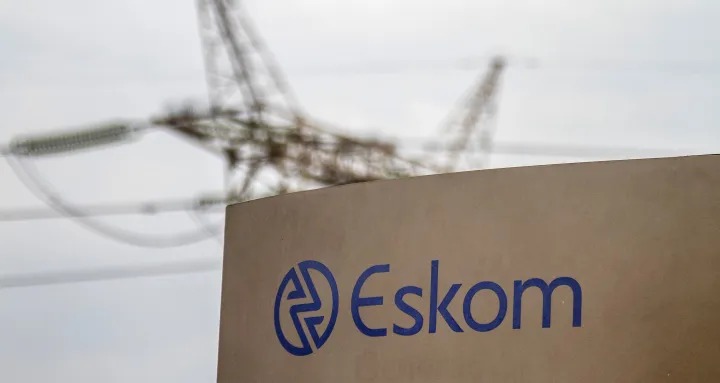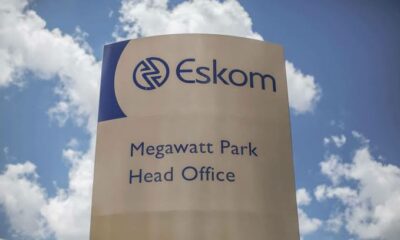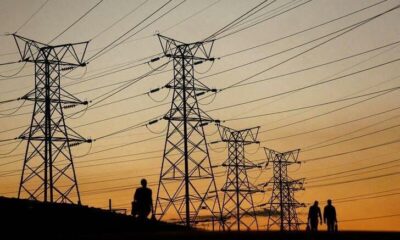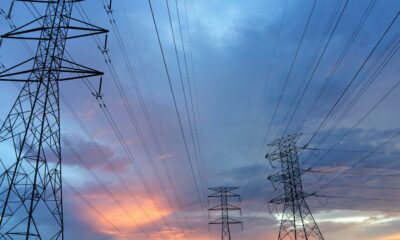Business
Eskom’s Decline: How South Africa’s Powerhouse Fell from 90% Efficiency to a 55% Struggle

Once a Model of Power, Now a Cautionary Tale
There was a time when Eskom was a name uttered with pride. South Africa’s power utility once lit up mines, homes, and industries so efficiently that it was recognised as one of the best in the world. In the early 2000s, its energy availability factor (EAF), the measure of how reliably its plants could produce electricity, stood at an impressive 90%.
Two decades later, that figure has fallen to just 55%. It’s a statistic that tells a story of decline, mismanagement, and missed opportunities that reshaped daily life for millions of South Africans.
From Innovation to Inaction
Eskom’s origins trace back to 1923, when engineer Hendrik van der Bijl founded what was then known as ESCOM, with the backing of Prime Minister Jan Smuts. It powered the mines and railways that built modern South Africa, paying off its state loan within ten years, an extraordinary achievement at the time.
By the late 20th century, Eskom had become a global leader. In 2001, it was named Power Company of the Year at the Global Energy Awards and was praised for offering some of the world’s most affordable electricity. But behind the praise, cracks had begun to show.
Experts had long warned that the government needed to invest in expanding generation capacity. As South Africa’s population and economy grew, demand began to outstrip supply. Those warnings went unheeded.
The Load Shedding Era
The inevitable happened in 2007. For the first time, demand exceeded Eskom’s ability to supply, and load shedding, a term that would come to define South African life, began.
Instead of addressing the problem through strategic investment and maintenance, years of political interference, corruption, and poor governance followed. The utility became a revolving door for executives, a hotspot for tender fraud, and a stage for power struggles.
By 2019, Eskom’s energy availability factor had slipped to 70%. Within just five years, it plunged to 55%, plunging the nation into deeper and more frequent blackouts.
Signs of a Turnaround
There’s been a glimmer of hope in recent years. Under a newly appointed board and management team, Eskom’s energy availability factor began to climb again, rising from 55% to 61% in the 2025 financial year, with a further increase to 63.06% in the current 2026 year-to-date figures.
While that’s still far from the utility’s golden age, it marks the first sustained improvement in over a decade. Eskom credits tighter maintenance schedules, better accountability, and reduced sabotage incidents for the gradual progress.

Image 1: MyBroadband
A Long Road Ahead
For South Africans, the question remains: can Eskom ever regain its former glory? The utility’s turnaround will require not just leadership and technical fixes but also public trust, something that eroded during the darkest days of rolling blackouts.
The climb from 55% to 63% may not sound dramatic, but for millions who endured candlelit dinners and dead phone batteries, it represents something bigger. It’s a reminder that recovery is possible, even if it’s one megawatt at a time.
Follow Joburg ETC on Facebook, Twitter, TikT
For more News in Johannesburg, visit joburgetc.com
Source: MyBroadband
Featured Image: 2Zero50



























